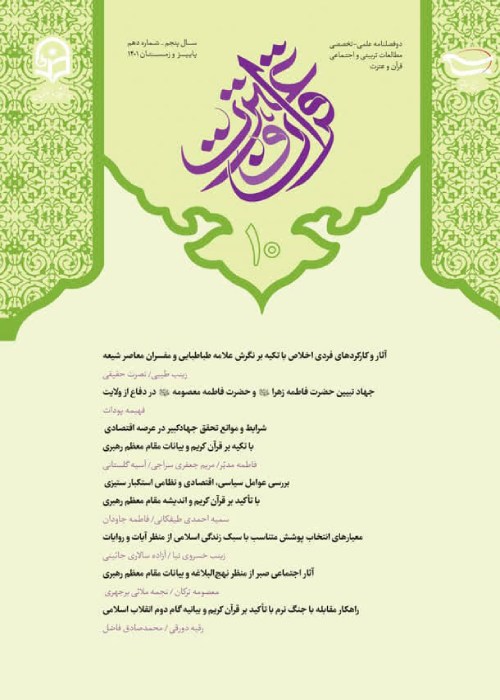A Study on the Causes of Inefficiency of Religious Educations in Schools
The aim of religious educations in schools is students’ belief, moral, and worship education. Many efforts are done for realizing this purpose, but it is necessary to know that what students learn and experience in educational systems is not limited to obvious curriculum and, sometimes, other factors affect the formation of students’ experiences, thoughts, attitudes, values, acts, and behaviors in a broader, more sustainable, and more penetrating way. These factors, which are called hidden curriculum or unintended consequences, have many positive and negative effects on students. When students enter an educational system, they face the cognitive, physical, and social aspects of environment which each of them includes a hidden curriculum. Meanwhile, social environment is the most important and penetrating aspect of educational environments. Social aspect means the social relationships dominant in schools and the values promoted by mass media, especially, interactive media. The findings of this research, which are gotten from library written sources, showed that the causes of inefficiency of religious educations are including the macro social planning such as secularism dominant in the general flow of education and the development of digital media.
- حق عضویت دریافتی صرف حمایت از نشریات عضو و نگهداری، تکمیل و توسعه مگیران میشود.
- پرداخت حق اشتراک و دانلود مقالات اجازه بازنشر آن در سایر رسانههای چاپی و دیجیتال را به کاربر نمیدهد.


